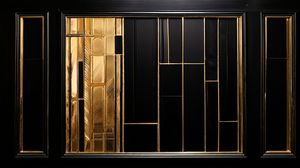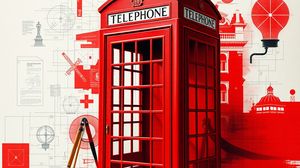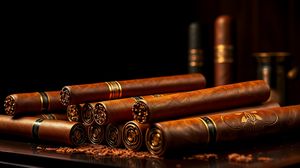
The Faraday Museum, located within The Royal Institution in Mayfair, is a fascinating destination dedicated to the legacy of one of the world's most significant scientific figures, Michael Faraday. The museum provides a glimpse into the history of science and the groundbreaking experiments that were conducted in the very building that houses it.
One of the key highlights of the museum is Faraday's original laboratory, which has been preserved to give visitors an authentic insight into the conditions under which Faraday conducted his pioneering research during the 19th century. Walking through the laboratory is like stepping back in time to an era when scientific discoveries were changing the world.
The museum showcases a variety of intriguing historical artifacts, including Faraday's actual notebooks. These notebooks offer a unique window into his thought processes and the meticulous manner in which he approached his experiments, leading to monumental discoveries in the understanding of electromagnetism.
In addition to the exhibits on Faraday, the museum also celebrates the achievements of other notable fellows of The Royal Institution, such as Humphry Davy and James Dewar. Their contributions span a wide range of scientific fields, including chemistry and physics, demonstrating the institution's long-standing impact on scientific progress.
A quirky fact about the museum is that during the 1800s, it was home to one of the earliest Christmas Lectures which Faraday himself began delivering in 1825. These lectures, now a cherished tradition, continue to inspire the public's fascination with science each year.
Visitors to the museum can also find a replica of The Royal Institution's keepers' lodge, designed to resemble the original setup where early experimentation with electricity took place, allowing guests to engage with a piece of scientific history in an interactive way.
The museum is not just an exhibition space but also a testament to the ethos of scientific education and innovation that The Royal Institution is known for. Its rich heritage makes it a compelling destination for those interested in the history of science and the stories of the remarkable individuals who have shaped it.

Making the Most of Your Visit:
First off, do take your time in Faraday's laboratory. It's the crown jewel of the museum and gives a real sense of the scale of his achievements. Run your eyes over every detail—those original tools are a window into history!
You might not know this, but the museum often has temporary exhibits that are well worth checking out. These change regularly and can offer new insights or spotlight lesser-known aspects of The Royal Institution's history.
If you're interested in the history of scientific lectures, read up beforehand about the famous Christmas Lectures Faraday started. Seeing the museum and having that context deepens the experience and adds to your appreciation.
Keep an eye out for the replica of the keepers' lodge. It's easy to miss but wonderful to explore. The reconstruction provides a great, interactive view into how early experiments with electricity were conducted.
Finally, consider visiting on weekdays if possible. The museum can get quite busy on weekends, and the quiet of a weekday allows for a more reflective and immersive experience.

Visiting Times & Costs:
The Faraday Museum at The Royal Institution is open to the public and welcomes visitors interested in the history of science and the achievements of Michael Faraday and other notable scientific figures.
Opening Times: The museum is typically open from Monday to Saturday from 10:00 AM to 5:00 PM. Please note that it is often closed on Sundays and public holidays, so it's advisable to check ahead for any updates on opening days and times.
Admission Fees: There is no entrance fee to visit The Faraday Museum as it offers free public access to its permanent exhibitions. However, some temporary exhibits or special events may have an admission charge, so it's wise to verify specific event details if planning to attend.
Accessibility: The museum endeavors to be accessible to all visitors. There are facilities for those with mobility impairments, including step-free access to certain areas. However, due to the historic nature of the building, some areas may present challenges. Visitors with specific needs should contact the museum in advance to ensure a smooth visit.

Address & Map:

Nearby:























